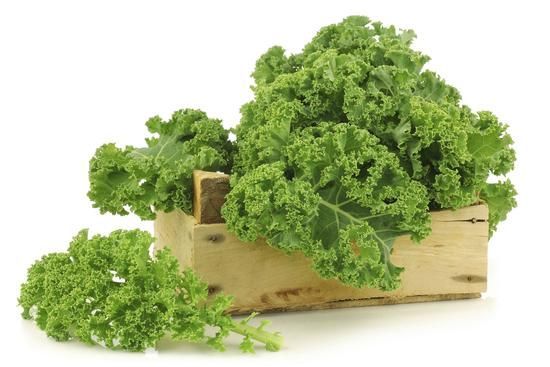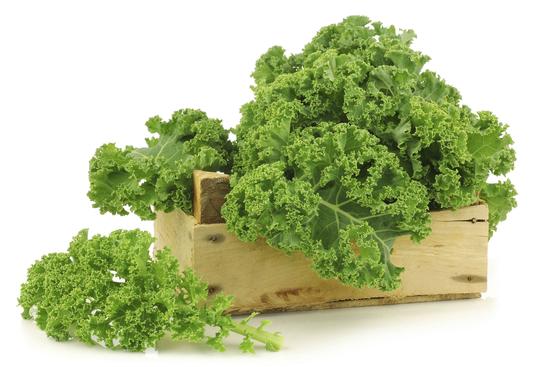All About Kale

You've got Kale!
Kale is a super nutritious vegetable and will flood your body with a wave of nutritients and minerals like antioxidants, vitamins A, K, and C, potassium, iron, and calcium.
Kale, also known as borecole, is a member of the cabbage family and is classed under two main categories: Smooth and crinkly! Meaning, one has smooth leaves, and the other more crumply, crinkled leaves, and which is the more common type.
Kale is a leafy vegetable that has a distrinct taste and is a great source of nutrients during the cooler months,
In Season
Kale is available all year round but is at it's freshest from September to February.
How to Pick It
The best quality, pesticide-free kale will be found at farmer’s markets. To find the freshest kale, look for firm, deeply coloured leaves. Smaller leaves are generally more tender and milder in flavour and watch out for yellowing leaves mean that indicate kale is wilting.
Discard wilted leaves, and cut off any stems that are too hard. Kale should be washed before cooking.
How to Store it
Kale should be eaten as soon as possible, as the older it is, the more bitter it will taste. It’ll really only keep for about 5 days, and should be kept in the refrigerator. Store kale in the crisper or at the bottom of your refridgeator, unwashed and in a air-tight plastic bag.
How to Cook It
Kale is best paired with a starchy vegetable, like potatoes, or sautéed with some garlic and oil.
Kale can always be slightly steamed (as to not lose too many nutrients) and thrown into a Winter soup or frittata!
Another healthy way to consume kale, is chopped raw and blended into a smoothie or green juice.
We Like It
Kale and Chickpeas with Blood Orange..


 All About Veal
All About Veal
 All About Durian
All About Durian
Comment on this article